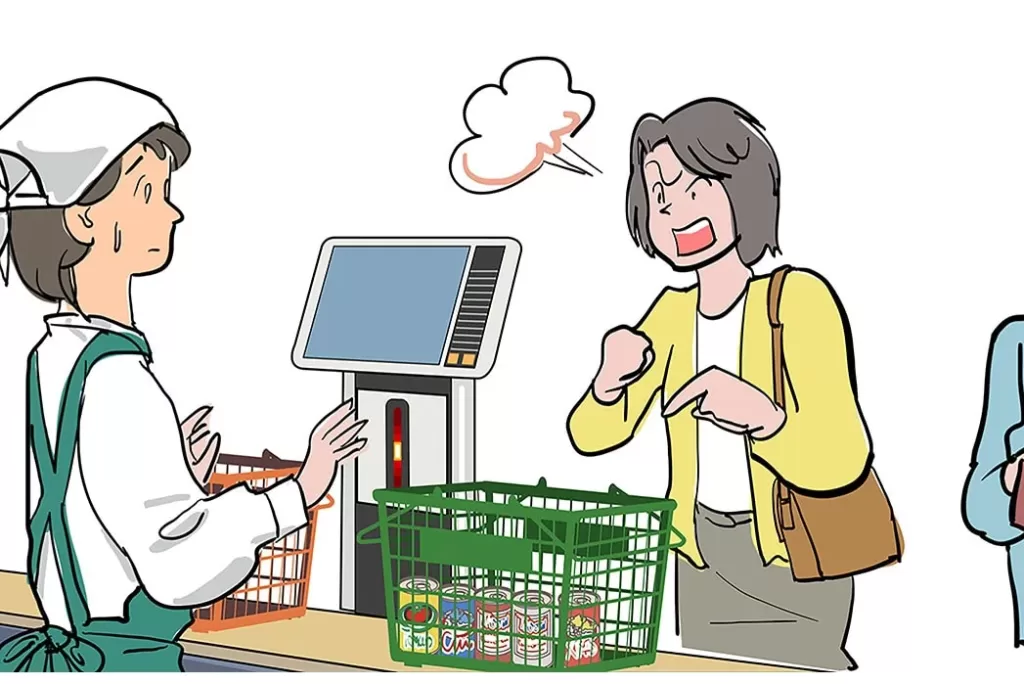Declining Revenue – 4 Creative Ways to Reverse It

With declining revenue – make small adjustments to the way you operate while you assess whether the slump is due to a larger macroeconomic issue.
Earlier this year, Meta (the company that owns Facebook) announced its first-ever yearly decline in revenue. Company leaders attributed the drop to a slowing economy, efforts to restructure the business, and to Apple’s new policy allowing iPhone users to opt-out of ad tracking.
When your small business faces a drop in revenue, the problem is also likely to be multifaceted. A new competitor may have entered your market, or consumers are responding to news reports of an impending economic recession. Whatever the cause of your revenue decline, here are some steps you can take to ensure your business rises to the challenge and comes through this period stronger than ever.
One bad month does not mean your business is in dire straits, but it could be a sign you should make small adjustments to address the problem. Look for ways you can slightly modify your business in a way that won’t impact your employees. Perhaps you can renegotiate a vendor agreement with better terms, or revamp your menu with more in-season ingredients.
A drop in revenue might also be the result of larger, macroeconomic changes that are outside your control, such as delays in the global supply chain. If this seems to be the case, act fast to communicate to your customers as transparently as possible how these events impact your service.
Offer complementary products or services to reverse declining revenue
If your declining revenue seems to be a long-term issue, the next option is to look for ways to generate revenue without spending more money. In short: how can you do more with what you already have?
Keep an eye on consumer trends
Consumer tastes change rapidly. A recent study by McKinsey found that consumers are switching brands at unprecedented rates, incentivized to change their shopping behaviors due to economic pressures, store closings, and changing priorities. What has worked for your business for many years may no longer continue serving your customers well moving forward.
When you face a drop in revenue, it might be worth checking in with your customers via feedback surveys and focus groups to see what has changed. It could be that your business needs to make a simple change, like offering more convenient curbside pickup or a better returns policy. Or, you may learn that it’s time to update your product offering to reflect what consumers need.
Focus on great customer service
Research shows that great customer service is the biggest driver of customer retention—even more than product or price. Quality, attentive, and responsive customer service builds loyalty, and trust with your brand.
“Customers who receive great customer service are more likely to do repeat business with your brand, even when other companies have similar offerings at lower prices. But on the flip side, bad service experiences can stop the relationship in its tracks,” wrote The Future of Commerce.
As you make different adjustments to address consumer needs, keep your customer service levels high. Train all your employees to be able to answer questions, respond to complaints, and help customers navigate your policies, services, and products. This consistency will encourage customers to stay with your brand until you’re able to refine your offering and come out of this revenue slump stronger, to stop declining revenue.
By: Emily Heaslip, Contributor, U.S. Chamber of Commerce






Responses